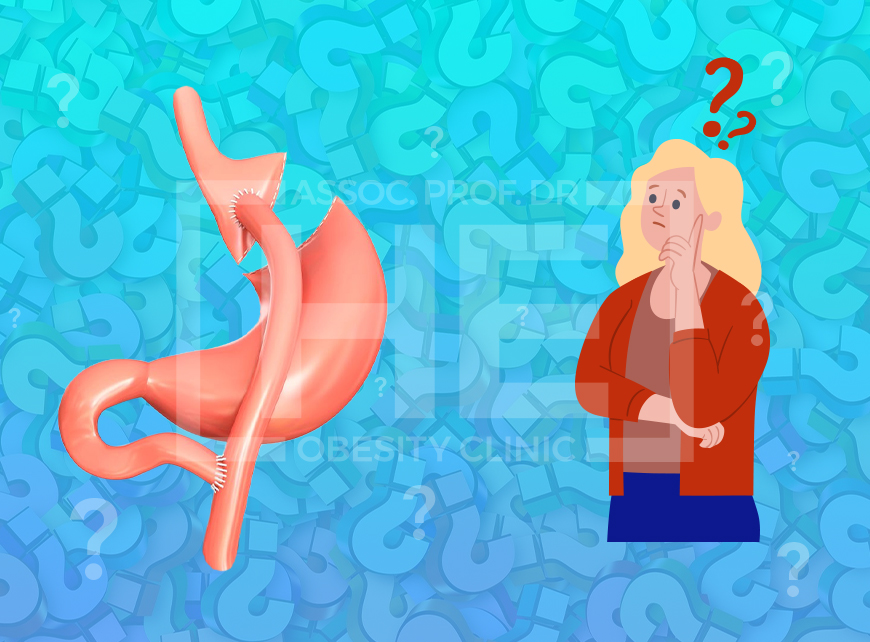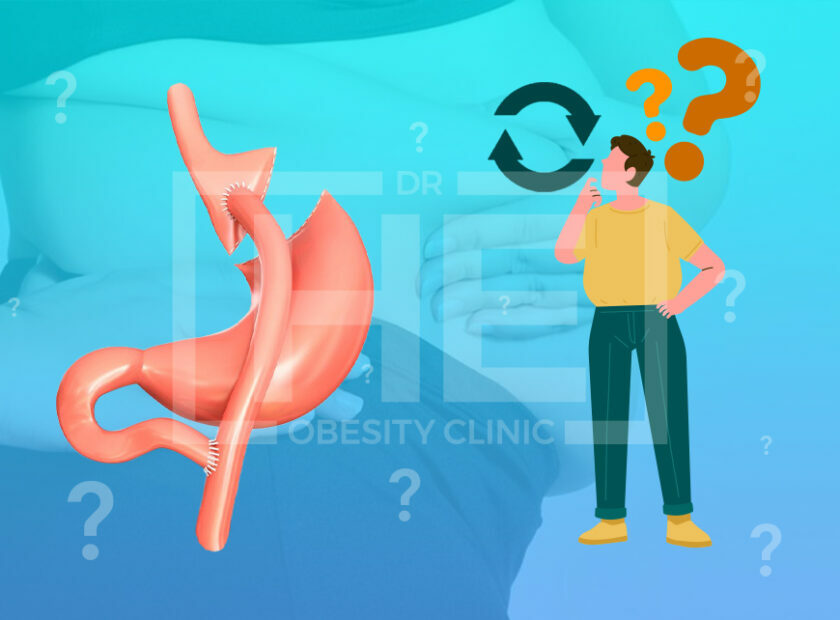
How to tell if i have a blockage after gastric bypass ? After all intra-abdominal operations, adhesions inevitably form in the abdomen. These sometimes form bands from connective tissue and may inappropriately hang part of the intestine. Sometimes, even years after the first operation, there may be blockage after gastric bypass. In this case, nothing can pass through the intestine.
This condition should be resolved before the blood circulation of the intestine deteriorates and loses its vitality due to the tension and swelling that occurs. An emergency operation is usually mandatory when bowel obstruction develops.
Bowel necrosis is the worst condition that can happen. Sometimes bowel obstruction can occur in the first days after surgery. In this case, adhesions are softer and can be resolved without requiring surgery with careful follow-up.
The risk of intestinal blockage exists in all intra-abdominal surgeries, but a special condition of gastric bypass is what we can explain as internal herniation. This condition is caused by a special meso-opening caused by a new transition created between the stomach and the intestine.
For this reason, this opening must necessarily be closed properly in surgery and with stitches that are not absorbed. This is the first reason why unexplained abdominal pain after gastric bypass should come to mind.
What are the signs of blockage after gastric sleeve?
The blockage is one of the most serious long-term complications after obesity surgery. One of the most common conditions that general surgeons and emergency physicians face is the evaluation and treatment of small intestine blockages.
After laparoscopic bariatric surgery, a hernia can be observed at port entry points above 10 mm that are not closed. Trocar location hernias are a non-frequent complication of laparoscopic surgery, but it should be taken into account that high BMI values are a significant risk factor and this probability is higher in bariatric patients.
Small incisional hernias in obese patients can be extremely difficult to detect. Treatment of partial or complete intestinal obstruction can be achieved by placing the contents of a herniated hernia back into the abdomen.
Laparoscopic intervention should definitely be preferred if there is enough experience. Intestinal resection may be necessary in cases of perforation or intestinal nutritional disorders. With the closure of the defect in the abdominal wall, the operation is completed.
Treatment for blockage after gastric bypass
Blockage after gastric bypass is one of the most serious long-term complications. One of the most common situations that general surgeons and emergency physicians encounter is the evaluation and treatment of small bowel obstructions.
The standard approach for small bowel obstructions begins with non-surgical approaches such as algorithmic, nasogastric decompression, resting of the bowels, fluid resuscitation, and close follow-up.
The majority of patients can be treated with these conservative approaches, unless they have signs of intestinal ischemia. If a Roux reconstruction is done, part of the intestine has been removed from the digestive tract flow.
The evaluator should keep in mind that closed-loop intestinal obstruction will be seen at a higher rate in these patients than in non-bariatric patients, even if there is no evidence of complete obstruction. And finally, it can be very difficult to detect small incisional hernias in obese patients.
Partial or complete blockage is a risk that can occur after each abdominal surgery. It occurs when the patient cannot remove gas and feces. This table, which mostly lasts up to 24 hours, consists of bloating and pain in the abdomen.
For the treatment of this condition, the patient is inserted into the stomach probe through the nose and oral food intake is decapitated. If the patient’s bowel movements have not improved, re-surgery may occur. Folding scar tissue after open bariatric surgery can prevent the transformation of the small intestine.
Another cause of bowel obstruction is incisional hernia. The risk of obstruction after gastric bypass is very low. However, possible problems can be repaired again by laparoscopy.



